< History of video games
History
Like previous versions of Windows, Windows 95 and 98 were based on MS-DOS.[1][2][3] However unlike previous versions, starting with Windows 95 DOS became integrated with MS-DOS, rather then a separate product running on top of it.[3] Windows 95 also introduced DirectX, an API that allowed game developers to avoid direct access to hardware.[4] Windows 98 offered improvements related to networking.[5]
Notable games
- Wolfenstein 3D
- Doom
- Quake
- Duke Nukem 3D
- Myst
Gallery
Computers
Audio
- An example of MIDI music, a common choice for game music on Windows PCs at the time.
Technology
Computer components
CPUs
- 32-bit Pentium - (1993-2000)
- 32-bit AMD K5 - (1996)
- 32-bit Pentium II - (1997-2003)
- 32-bot AMD K6 - (1997)
- 32-bit Athlon Classic - (1999)
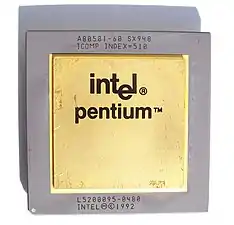 Pentium 60 SX948
Pentium 60 SX948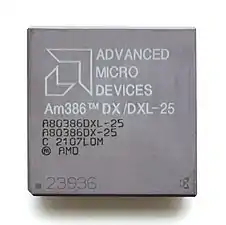 AMD 386DX
AMD 386DX UMC Intel compatible 40MHz Green CPU.
UMC Intel compatible 40MHz Green CPU.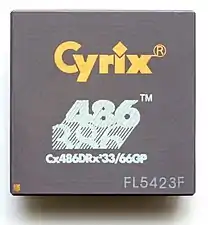 CPU Cyrix 486DRx²
CPU Cyrix 486DRx²
Expansion cards
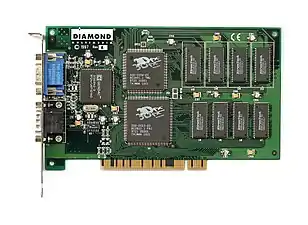 Diamond Monster3D Voodoo 1 Graphics Card
Diamond Monster3D Voodoo 1 Graphics Card A GeForce 256
A GeForce 256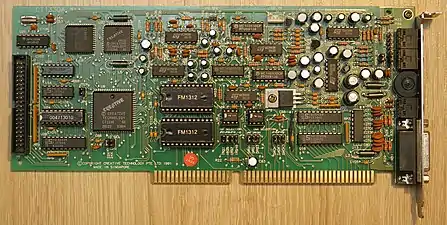 SoundBlaster Pro, a common sound card of the era.
SoundBlaster Pro, a common sound card of the era.
References
- ↑ "What was the role of MS-DOS in Windows 95?". 24 December 2007. https://devblogs.microsoft.com/oldnewthing/20071224-00/?p=24063.
- ↑ Speed, Richard. "Happy birthday, you lumbering MS-DOS-based mess: Windows 98 turns 20 today" (in en). https://www.theregister.com/2018/06/25/windows_98_at_20/.
- 1 2 Manes, Stephen (1 August 1995). "PERSONAL COMPUTERS; Personal Computers: What Is Windows 95 Really Like? (Published 1995)". https://www.nytimes.com/1995/08/01/science/personal-computers-personal-computers-what-is-windows-95-really-like.html.
- ↑ "The History of DirectX » CodingUnit Programming Tutorials" (in en). https://www.codingunit.com/the-history-of-directx.
- ↑ Lewis, Peter H. (30 April 1998). "Windows 98, The Tuneup (Published 1998)". https://www.nytimes.com/1998/04/30/technology/windows-98-the-tuneup.html.
This article is issued from Wikibooks. The text is licensed under Creative Commons - Attribution - Sharealike. Additional terms may apply for the media files.

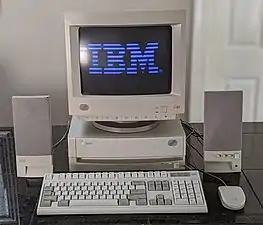
.jpg.webp)
